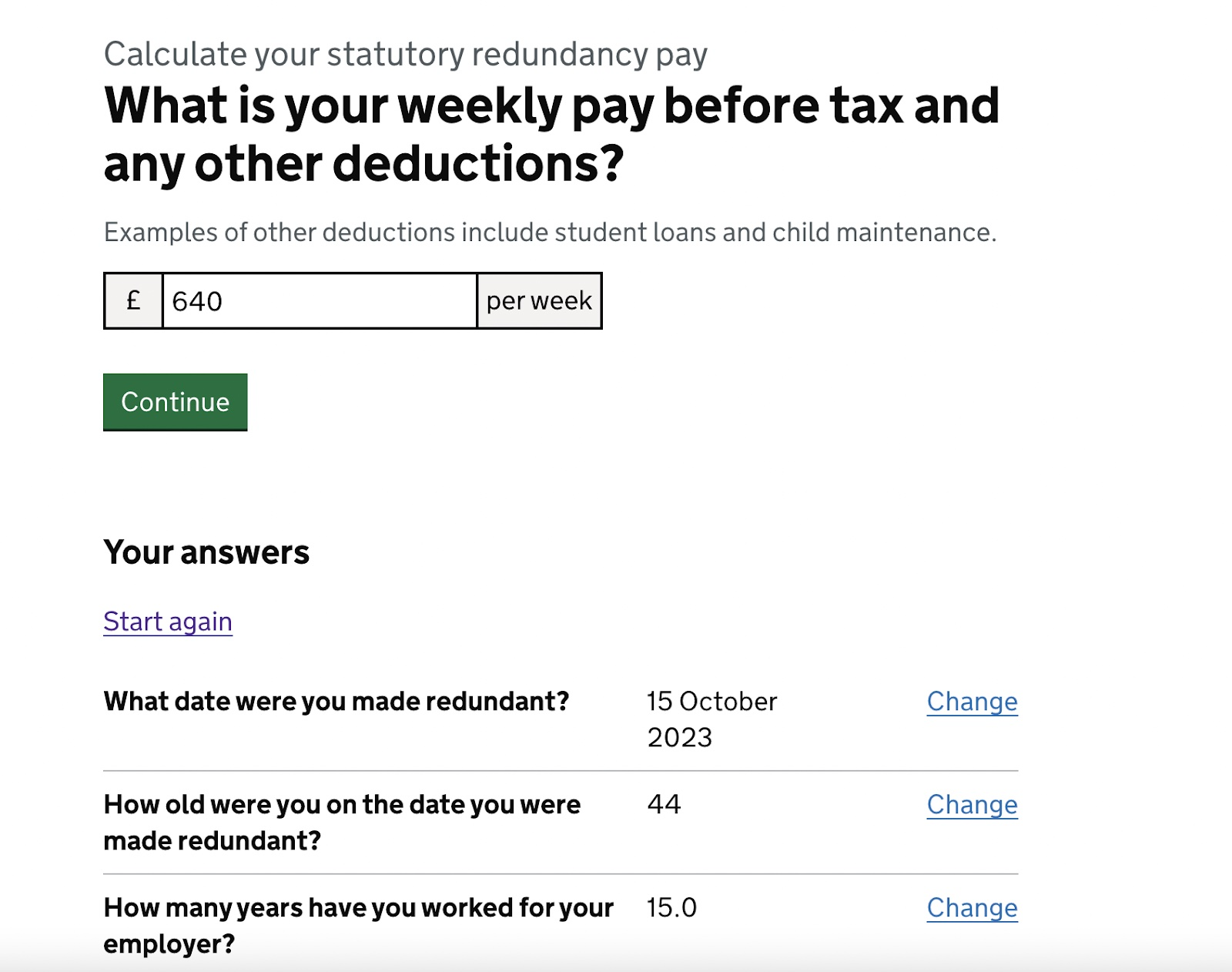Exactly How to Manage Redundancy Pay If Company Goes Bust: Secret Info for UK Workers
Exactly How to Manage Redundancy Pay If Company Goes Bust: Secret Info for UK Workers
Blog Article
Examining the Interaction Between Firm Redundancy and Business Flexibility for Future Growth
In the vibrant landscape of today's service world, the elaborate relationship between business redundancy and business versatility arises as an important element for continual growth and success. Companies commonly encounter the obstacle of striking a delicate equilibrium in between preserving a level of redundancy to reduce threats and promoting versatility to respond quickly to the ever-evolving market demands.
Relevance of Firm Redundancy
Firm redundancy is a vital aspect that enhances business strength and minimizes functional dangers. By including redundancy measures within the organizational structure, firms can much better stand up to unforeseen disturbances and fluctuations in the business setting. Redundancy functions as a critical barrier, permitting firms to adjust and react properly to unanticipated challenges without jeopardizing important operations.
One key aspect of the relevance of business redundancy is its duty in making sure connection throughout times of dilemma. When faced with abrupt modifications or emergencies, redundant systems, resources, or personnel can step in to preserve important features and protect against prevalent disruptions. This connection not only safeguards the firm's credibility and consumer count on but likewise lessens monetary losses and functional downtime.

Approaches for Organizational Adaptability

Producing adaptable business frameworks that enable for quick changes to market dynamics and customer demands is necessary for remaining affordable in a swiftly evolving atmosphere. By proactively identifying potential interruptions and chances, organizations can proactively adapt and grow in an ever-changing company landscape.
Balancing Redundancy and Flexibility
Accomplishing an unified balance in between functional redundancy and organizational versatility is vital in browsing the complexities of a vibrant company atmosphere. Striking the best balance in between redundancy and flexibility is a delicate procedure that requires a deep understanding of the company's objectives, industry characteristics, and threat resistance.
To achieve this equilibrium, firms require to perform regular assessments of their operations to identify areas where redundancy is essential for threat mitigation and where adaptability can drive advancement and growth. Implementing adaptable frameworks, cultivating a culture of constant understanding and enhancement, and motivating open interaction throughout all levels of the company are vital methods to harmonize redundancy and flexibility successfully. By aligning these 2 vital components, business can position themselves for sustainable development and success in an ever-changing organization landscape.
Situation Researches on Adjustment Success
In checking out circumstances of successful organizational adaptation, it becomes apparent that the interplay in between operational redundancy and versatility is a specifying aspect in shaping durable businesses. One engaging instance research is that of Netflix. At first a DVD rental solution, Netflix demonstrated impressive flexibility by transitioning into a streaming platform when digitalization interrupted the market. By strategically buying modern technology and content creation, Netflix not just flourished but endured in a swiftly evolving market. An additional standout example is Amazon. Beginning as an on the internet bookstore, Amazon constantly adjusted its company version, increasing into diverse sectors such as cloud computing and artificial intelligence. This versatility enabled Amazon to remain ahead of rivals and satisfy altering customer needs. Finally, Adobe more information supplies a significant picture of successful adaptation. The business changed from selling software program licenses to a subscription-based design, look at more info making certain recurring revenue streams and improved consumer involvement. These study highlight the significance of functional redundancy combined with organizational adaptability in promoting lasting development and competition.
Structure Resilience for Future Growth
Building durability for future growth needs a strategic placement of operational processes with market dynamics and emerging fads. Business have to adapt to transforming environments by cultivating a culture of versatility, innovation, and constant renovation.
Moreover, promoting strong connections with stakeholders, such as customers, workers, distributors, and the community, is crucial for maintaining and weathering uncertainties trust fund and support throughout rough times. Reliable communication and transparency play a crucial duty in building resilience, as they assist straighten assumptions and help with partnership in browsing unpredictabilities.
Furthermore, organizations need to prioritize discovering and growth initiatives to upskill employees and furnish them with the needed devices to adapt to changing situations. By purchasing their workforce, business can boost their flexibility and dexterity, inevitably strengthening their resilience for sustainable future growth.
Final Thought

In the vibrant landscape of today's organization world, the complex relationship in between company redundancy and organizational versatility arises as an essential variable for continual growth and success. Business commonly face the challenge of striking a delicate equilibrium in between preserving a level of redundancy to reduce dangers and cultivating adaptability to respond swiftly to the ever-evolving market demands.To accomplish this equilibrium, firms require to conduct regular assessments of their operations to determine locations where redundancy is needed for threat reduction and where versatility can drive advancement and development.In verdict, the interaction in between firm redundancy and business flexibility is crucial for future growth. Building resilience through a mix of redundancy and versatility will certainly ensure that companies are prepared for the challenges of the future.
Report this page